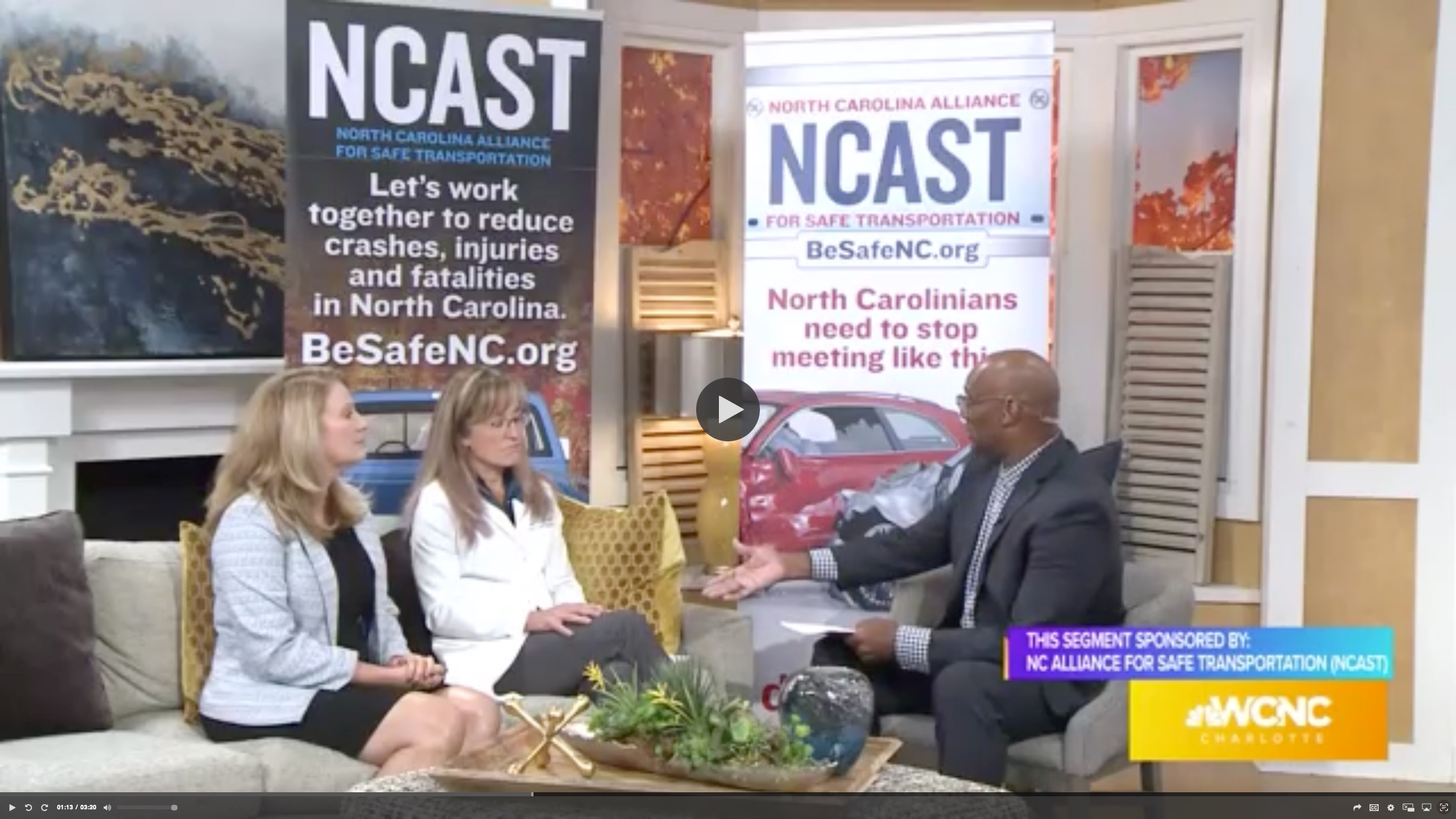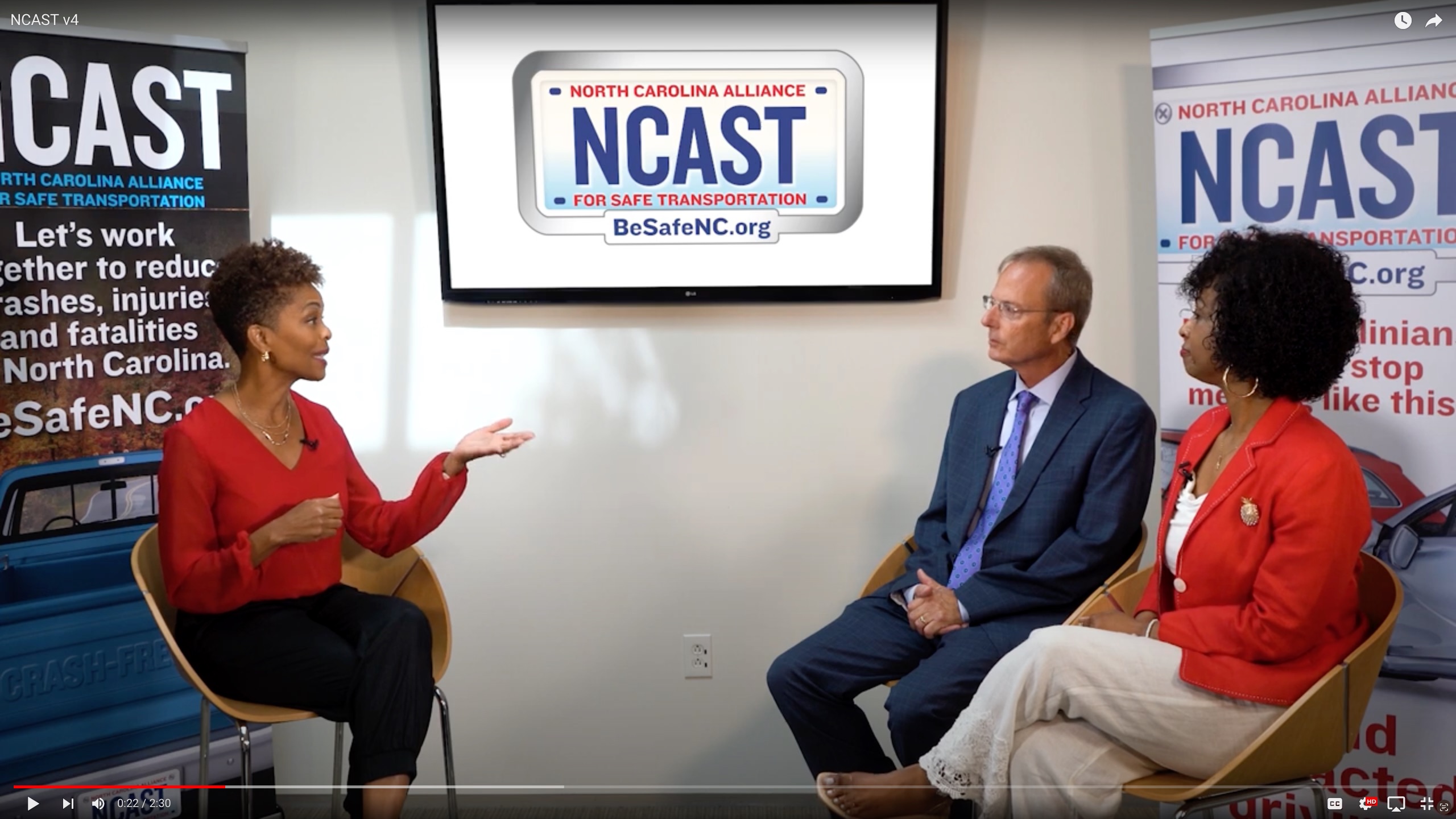Our Mission
A major focus of NCAST is promoting awareness of safety issues specific to younger motorists.
Teen drivers are especially at risk on the roads, with vehicle crashes the leading cause of death in America among those under 21.
The inexperience and impulsiveness of teen drivers is a significant reason for their high crash rates, making important the safety features of the vehicles they drive as well as getting plenty of supervised driving practice.
Bicycling is good for the environment and your health. It’s good for your wallet, too: Bicycling is an inexpensive and reliable way to get to the places you want to go. Fewer vehicles on the road means less traffic air pollution. Unlike motor vehicles, bicycles produce zero carbon footprint. U.S. Census reports have shown that people in low-income, marginalized communities and communities of color often rely on walking and biking as their main sources of transportation. This means safer bicycling is critical in addressing transportation inequities.
While bicycle safety is important year-round, during National Bicycle Safety Month in May we bring heightened awareness to the issue.
For Drivers
- Traffic safety is a shared responsibility. When driving, look out for bicyclists and never drive distracted or impaired. Bicyclists do not have the same protections as a vehicle.
- If you see a bicyclist, slow down: The higher the vehicle speed, the higher the likelihood a bicyclist will be seriously injured or killed if struck.
For Bicyclists
- Just like seat belts help save lives in a motor vehicle crash, bicycle helmets save lives, too. When biking, always wear a helmet.
- Compared to vehicles, bikes are harder to see because of their smaller size. To make it easier for drivers to see you, have reflectors and lights on your bike, and wear retroreflective and bright clothing.
MAY SPOTLIGHT:
LOOK TWICE, AND SHARE THE ROAD.
May is Motorcycle Safety Month. Motorists should be aware more than half of fatal motorcycle crashes result from collisions with other vehicles. Drivers simply don’t see the motorcycle or misjudge its distance and speed. Their smaller profile can make them appear farther away then they actually are. This combined with congested roadways and distracted driving leads to many preventable fatalities and injuries each year.
When getting ready to ride, always wear a quality, DOT- or Snell-Approved helmet along with other appropriate safety clothing. Remember to inspect your bike and gear before climbing on, and once you’re rolling – ride defensively!
Be aware of the blind spots of nearby drivers, give yourself extra space when you can, and always obey traffic laws and regulations.

To learn more about Motorcycle Safety, visit this link…

























